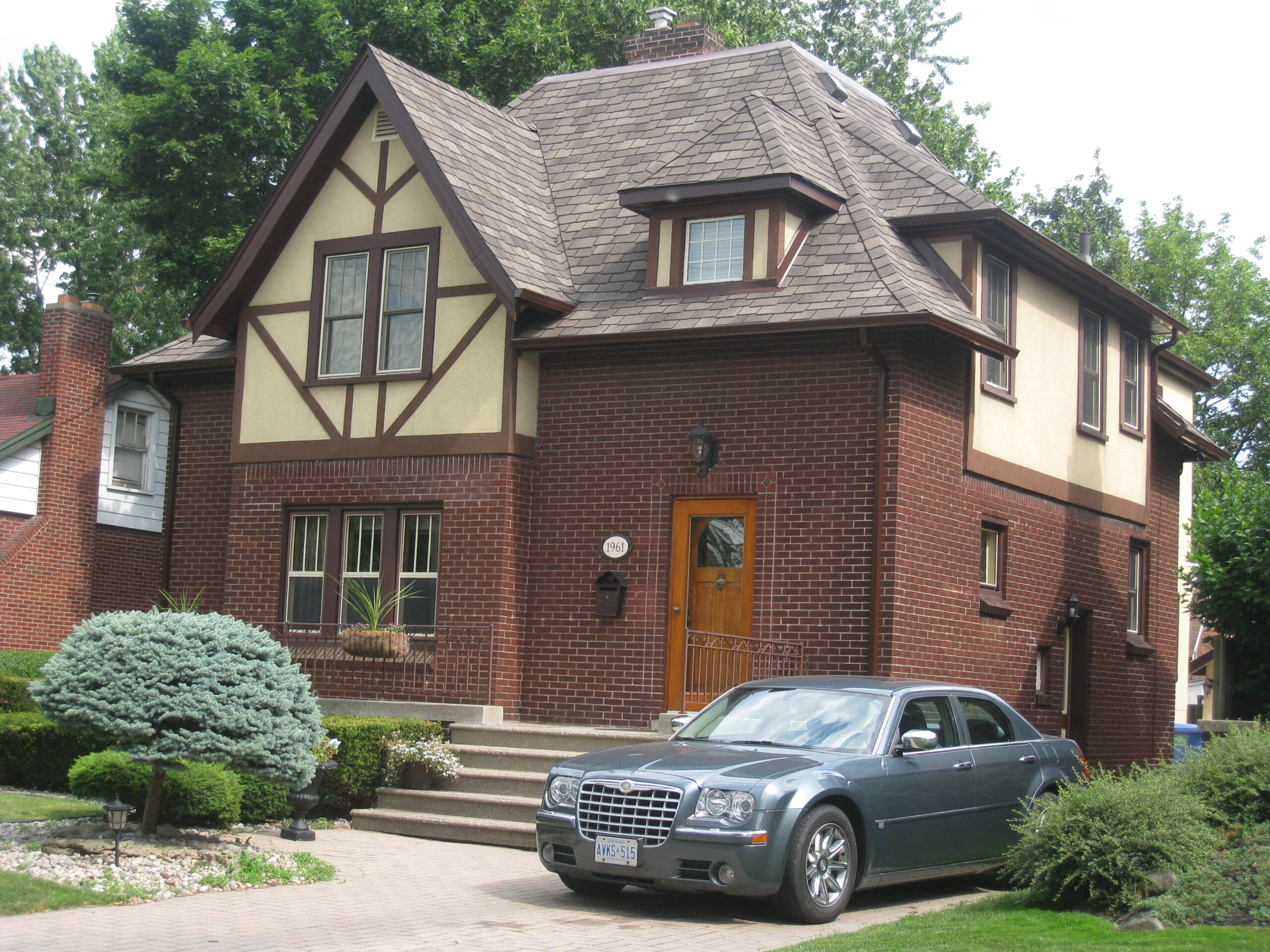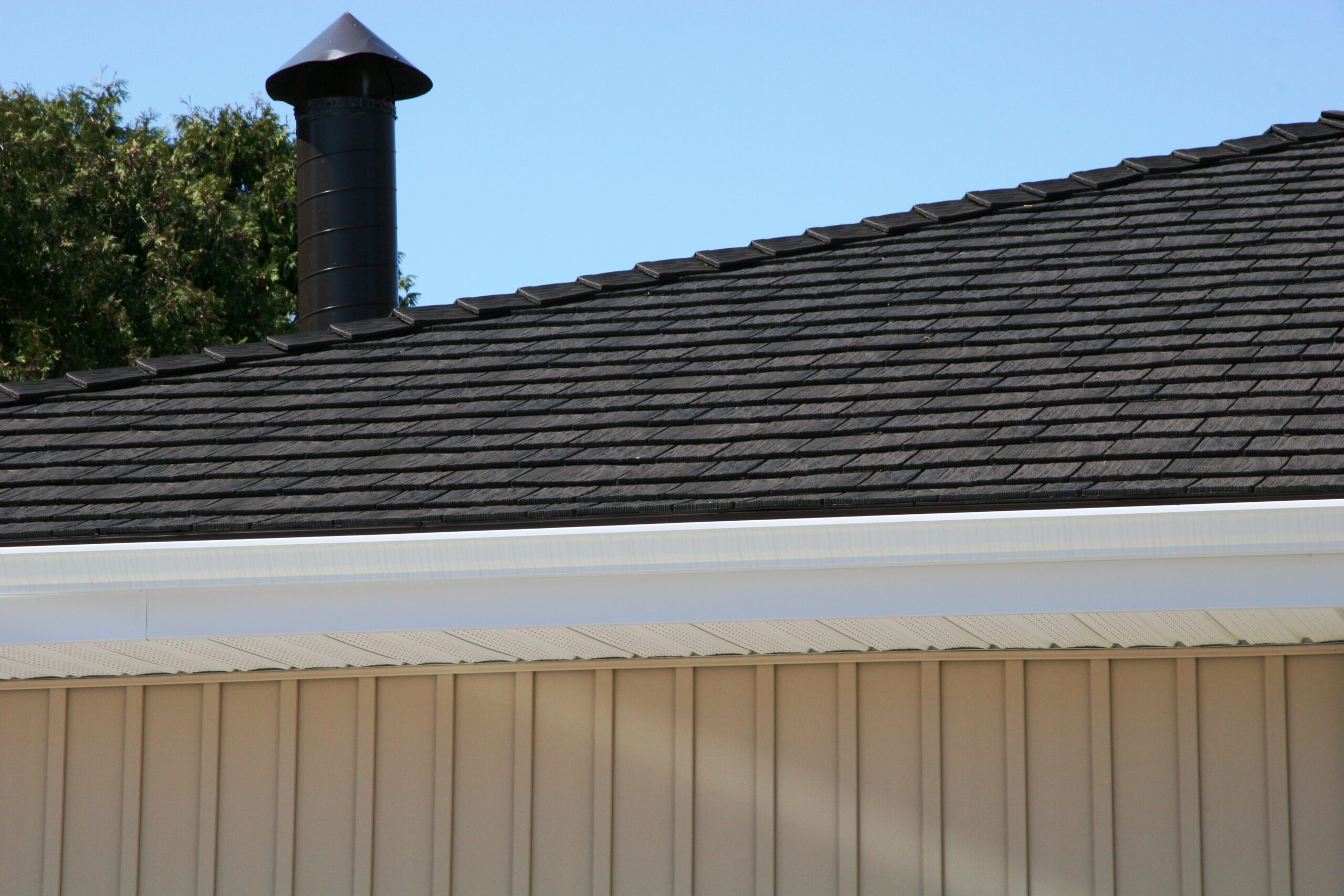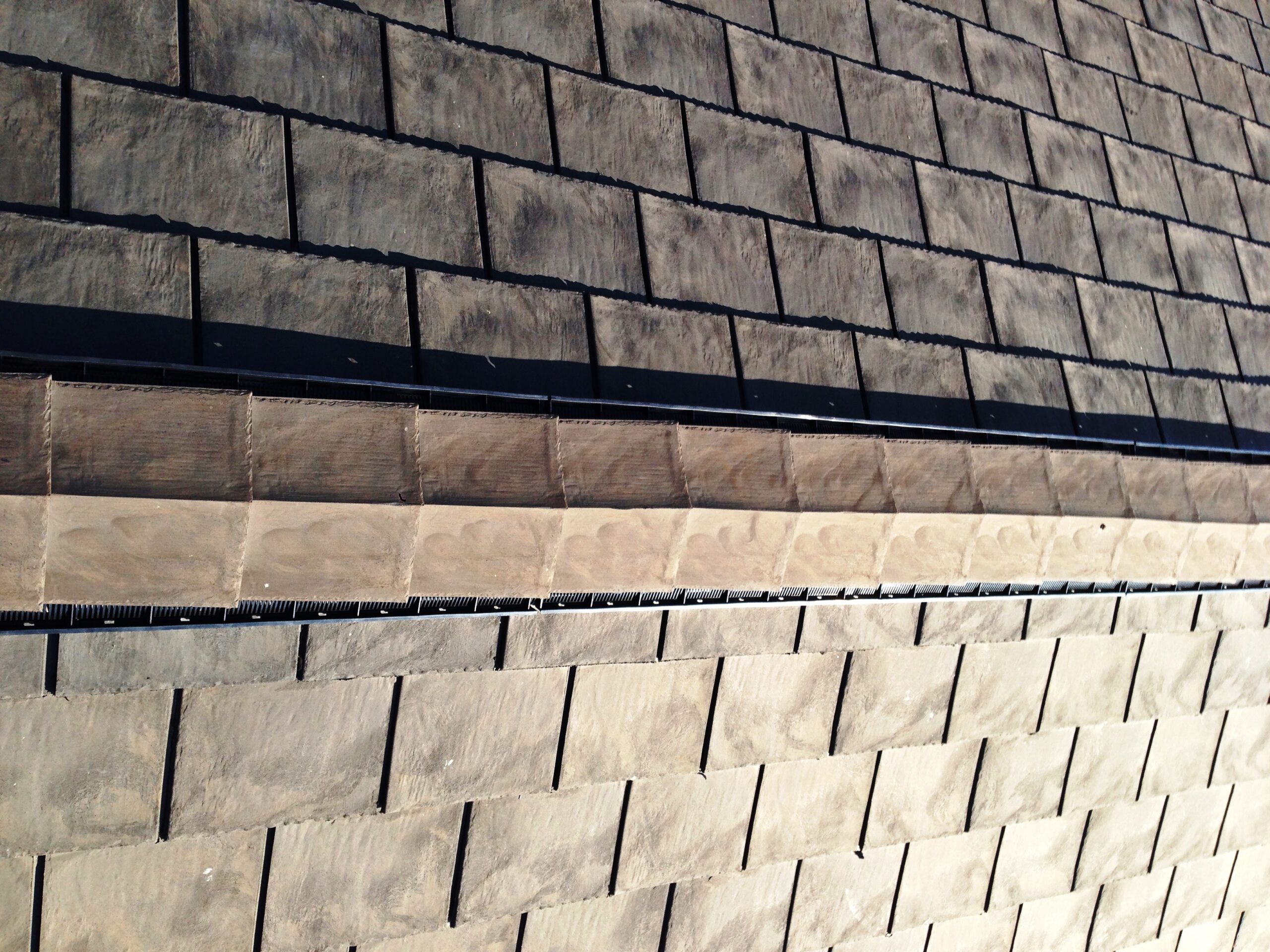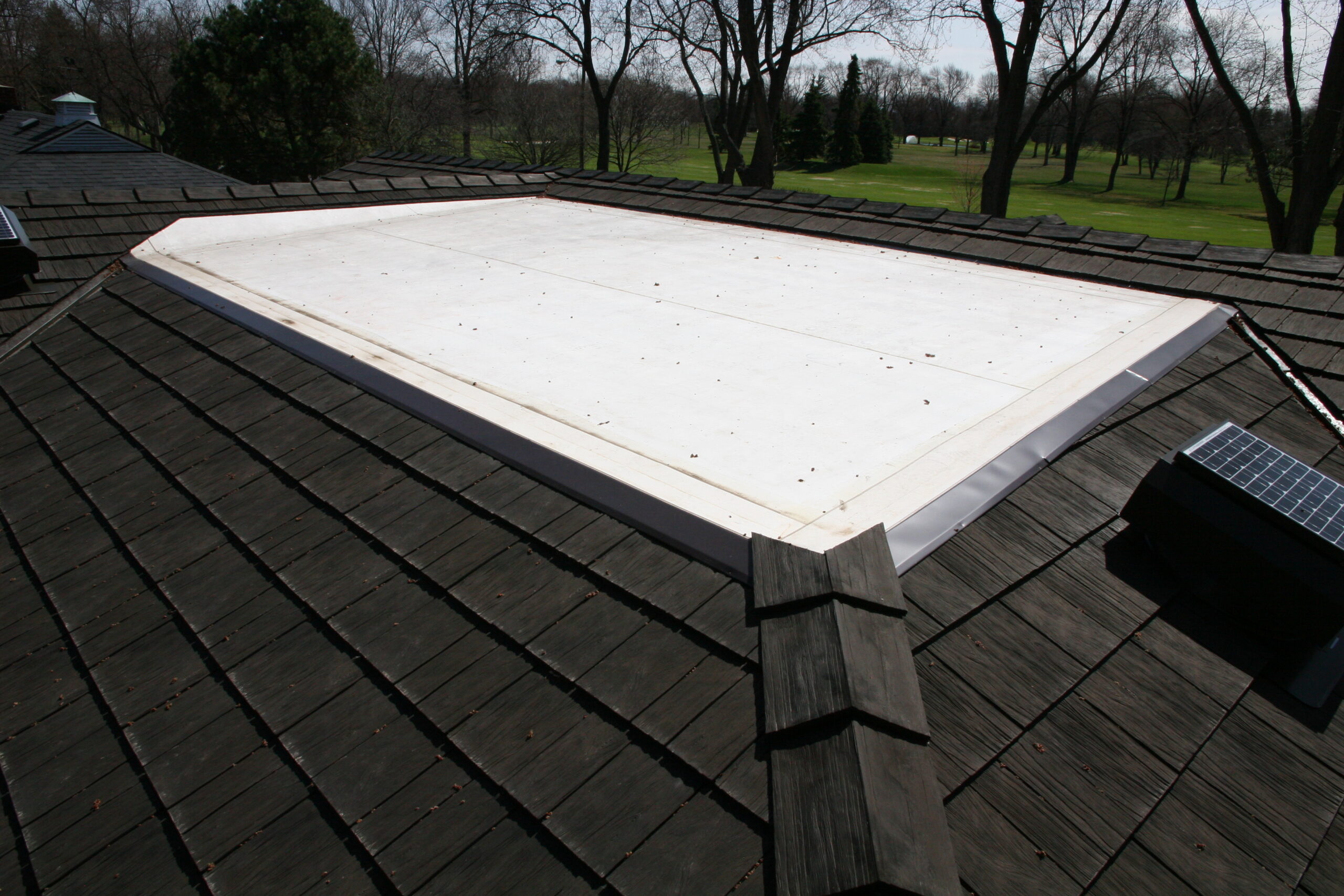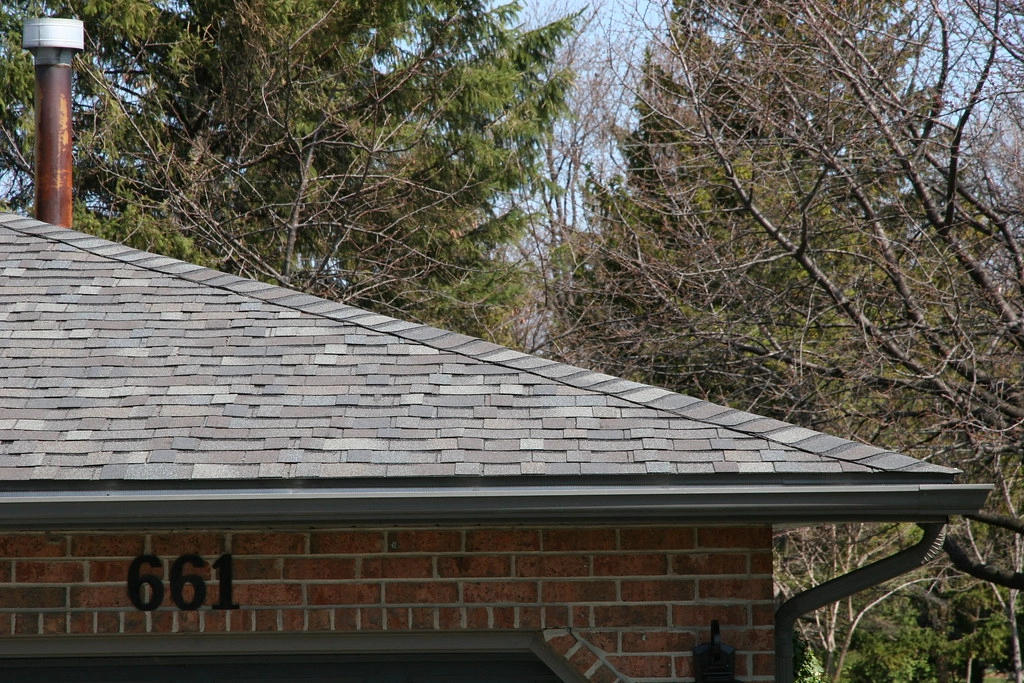Contact Us
Looking For Recommendations?
Check with a sales representative at Dayus Roofing for more information on any of the above code requirements and manufacturer’s recommendations. Depending on the purpose of the roof you are installing, there are acceptable ways to cut costs on a project. Knowing the difference between building code requirements and the manufacturer’s recommendations will ensure you make the right roofing decision.
